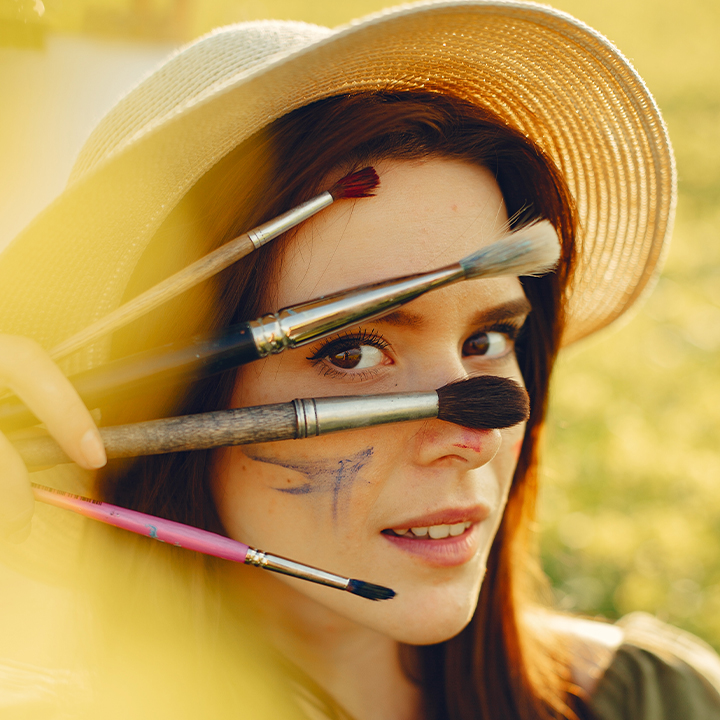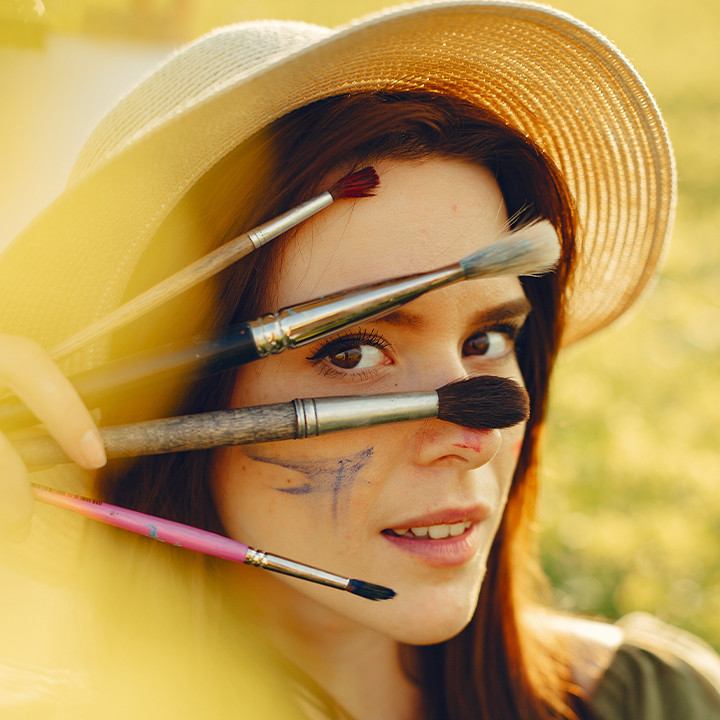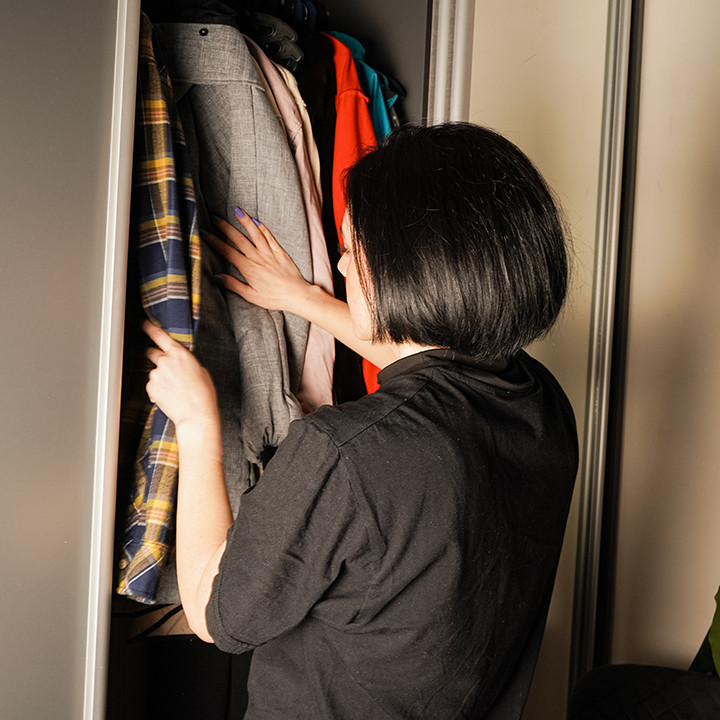
The Art Of Layering: Look Stunning In Every Season
Layering isn’t just about staying warm—it’s about adding style, versatility, and depth to your look. Done right, it turns even the simplest outfit into a statement. Whether you're dressing for the heat or the chill, mastering the art of layering can help you elevate your style all year long.
Fabric First
Choosing the right fabrics is the foundation of good layering. Light, breathable materials like cotton, linen, or rayon work best as base layers in warmer months. For cooler weather, opt for soft knits, wool blends, and thermals. Always start with fabrics that feel good on your skin and build outward with textures that complement them.
Base Basics
Start with a solid base layer—this can be a fitted tank, tee, or bodysuit. Neutral tones like black, white, or beige are always safe, but don’t be afraid to play with soft pastels or earth tones to add personality. The base should be comfortable and snug to avoid bulkiness.
Mid Magic
Your mid-layer adds warmth and dimension. Think button-down shirts, oversized cardigans, denim jackets, or lightweight knits. This is the piece that can show off your personality—try prints, plaids, or subtle embellishments. It should complement your base while remaining easy to remove if needed.
Top Touch
The outer layer is the final statement. Coats, blazers, trench coats, or shackets (shirt-jackets) not only protect you from the elements but also define your outfit’s silhouette. For spring and autumn, go with trench coats or bombers. In winter, invest in structured wool coats or puffer jackets. Keep it structured to pull the look together.
Play Proportions
Balance is key when layering. If your top layers are oversized or voluminous, pair them with fitted bottoms like skinny jeans or leggings. Wearing a slim-fit top under a long coat helps maintain shape and avoids a bulky silhouette. Mix long with short, tight with loose, and light with heavy for visual interest.
Texture Talk
Layering isn’t just about warmth—it’s a style statement. Mix textures like denim with leather, cotton with cashmere, or silk with wool. Contrasting textures add richness and make even monochrome outfits visually striking. This keeps your outfit looking thoughtful, not thrown together.
Color Code
Stick to a cohesive color palette. Monochromes are chic and easy, but tonal dressing—wearing varying shades of the same color—is a subtle way to layer without clashing. For a bolder look, contrast colors while tying them together with accessories like a scarf or handbag.
Finish Strong
Accessories complete the layered look. Scarves, belts, hats, or chunky jewelry can elevate your outfit and add polish. Use them to add pops of color or texture. Belts, especially, help define the waist when wearing oversized layers and maintain a flattering shape.
Conclusion
Layering is a skill that marries comfort and creativity. It lets you transition between seasons, climates, and moods with ease. With the right pieces and a little planning, your layered looks can be both practical and fashion-forward—every season of the year.




